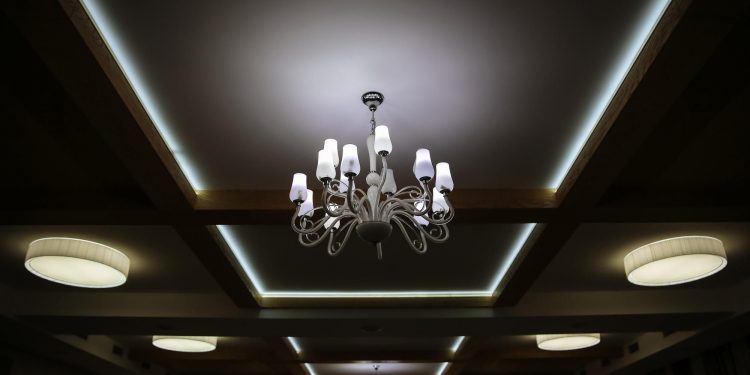The shift towards LED (Light Emitting Diode) lighting in businesses is more than a trend—it’s an essential aspect of modern, efficient, and responsible business operations. The technology delivers a multitude of benefits, from energy efficiency and cost savings to superior light quality and sustainability. Let’s delve deeper into the remarkable benefits of LED lighting for businesses and why it’s a pivotal choice for the future.
Energy Efficiency: The Cornerstone of LED Lighting
At the heart of the LED lighting revolution lies its remarkable energy efficiency. LEDs consume significantly less power—up to 75% less—compared to traditional incandescent bulbs. This efficiency stems from their capacity to convert a majority of the energy consumed into light rather than heat.
The impact of this efficient energy usage cannot be understated for businesses, especially for those with substantial lighting requirements. Reduced energy consumption means lower energy bills, which directly translates to substantial cost savings—a critical consideration in any business’s operating expenses.
Durability and Longevity: The Economic Edge
In addition to energy efficiency, LED lights outshine traditional lighting solutions with their exceptionally long lifespan. On average, LED lights offer between 25,000 to 50,000 hours of illumination, outliving incandescent bulbs by a considerable margin. This extended lifespan equates to less frequent replacements, leading to reduced overhead costs in terms of both purchasing and labor.
This aspect of LED lighting brings a significant economic advantage for businesses. Reduced replacement frequency not only minimises maintenance costs but also ensures a continuous, uninterrupted operation—a crucial factor in maintaining a productive and efficient workspace.
Sustainability: LED Lighting and the Green Initiative
As businesses across the globe endeavour to reduce their environmental impact, LED lighting emerges as an influential ally in their sustainability efforts. First, because of their high energy efficiency, LEDs inherently contribute to lower carbon dioxide emissions compared to their conventional counterparts.
Second, unlike compact fluorescent lamps (CFLs), LEDs do not contain toxic materials like mercury, making them a safer choice for both the environment and human health. Furthermore, their extended lifespan results in fewer bulbs ending up in landfills, aligning with waste reduction initiatives.
LED lights also generate less heat, thereby reducing the demand on air conditioning systems and further contributing to energy savings. Through these features, businesses can bolster their green initiatives and showcase a strong commitment to sustainable practices.
Quality of Light and Employee Productivity
The impact of workplace lighting on employee productivity, morale, and health is significant. LEDs provide a higher quality of light, characterised by better brightness, improved colour rendering, and adjustable colour temperatures. This versatility allows businesses to tailor their lighting environment to specific tasks or the desired ambiance, enhancing overall employee productivity and satisfaction.
Moreover, the consistent, flicker-free light produced by LEDs minimises eye strain and discomfort, contributing to a healthier and more comfortable work environment. By improving the quality of workplace lighting, businesses can positively impact employee well-being, motivation, and overall performance.
LED Lighting: A Scalable Solution for Business Growth
A noteworthy feature of LED lighting is its scalability. As businesses expand their operations, the modularity of LED lighting systems allows for easy scalability to accommodate new requirements. With various configurations, from LED strips to panel lights, businesses can adapt their lighting solutions to their evolving needs by consulting with an LED lighting specialist, without unnecessary investments or structural changes.
Conclusion
The transition to LED lighting offers a broad spectrum of benefits for businesses, serving as a cornerstone for cost reduction, sustainability, and employee well-being. From energy efficiency and longevity to superior light quality and scalability, LED technology is proving to be a robust solution for modern business needs.
In an era where business operations are increasingly scrutinised for their environmental impact and operational efficiency, LED lighting stands out as a responsible and strategic choice. By embracing LED technology, businesses can illuminate their path towards a more sustainable and prosperous future.











